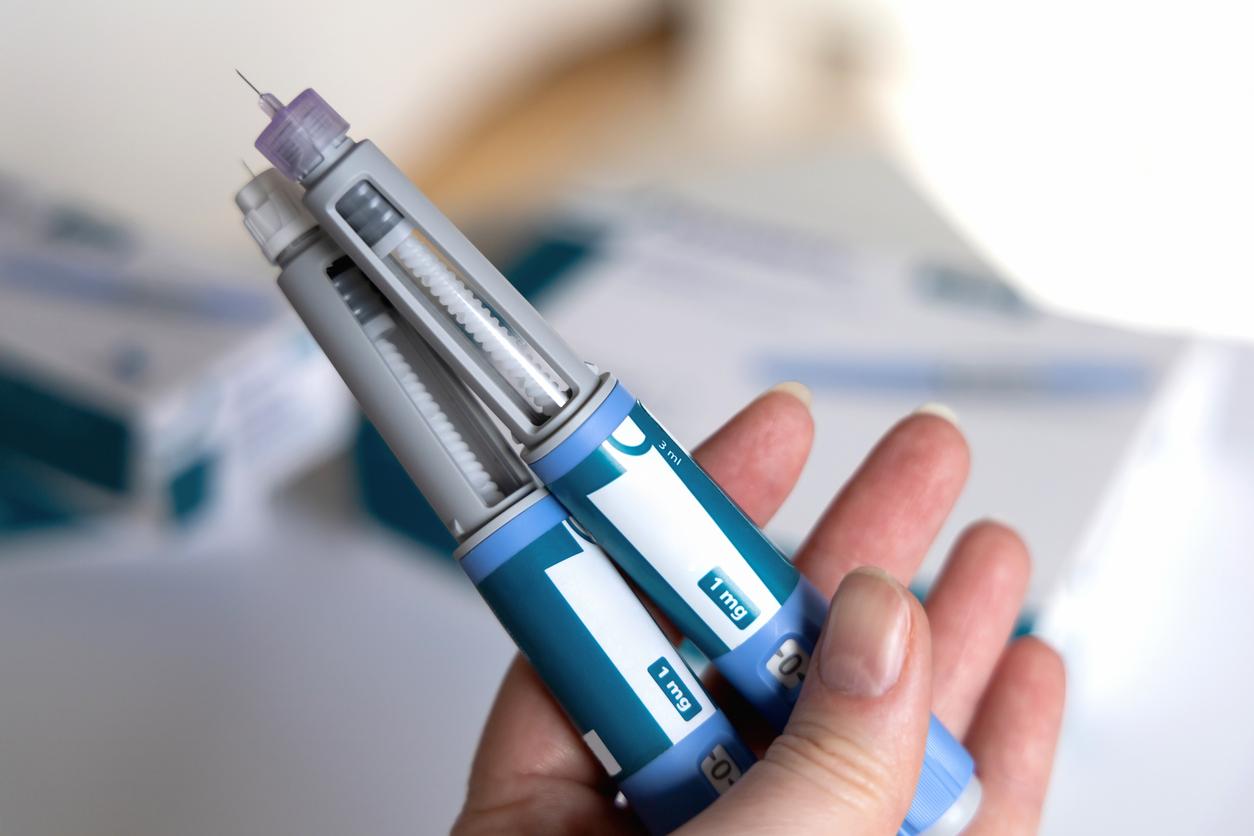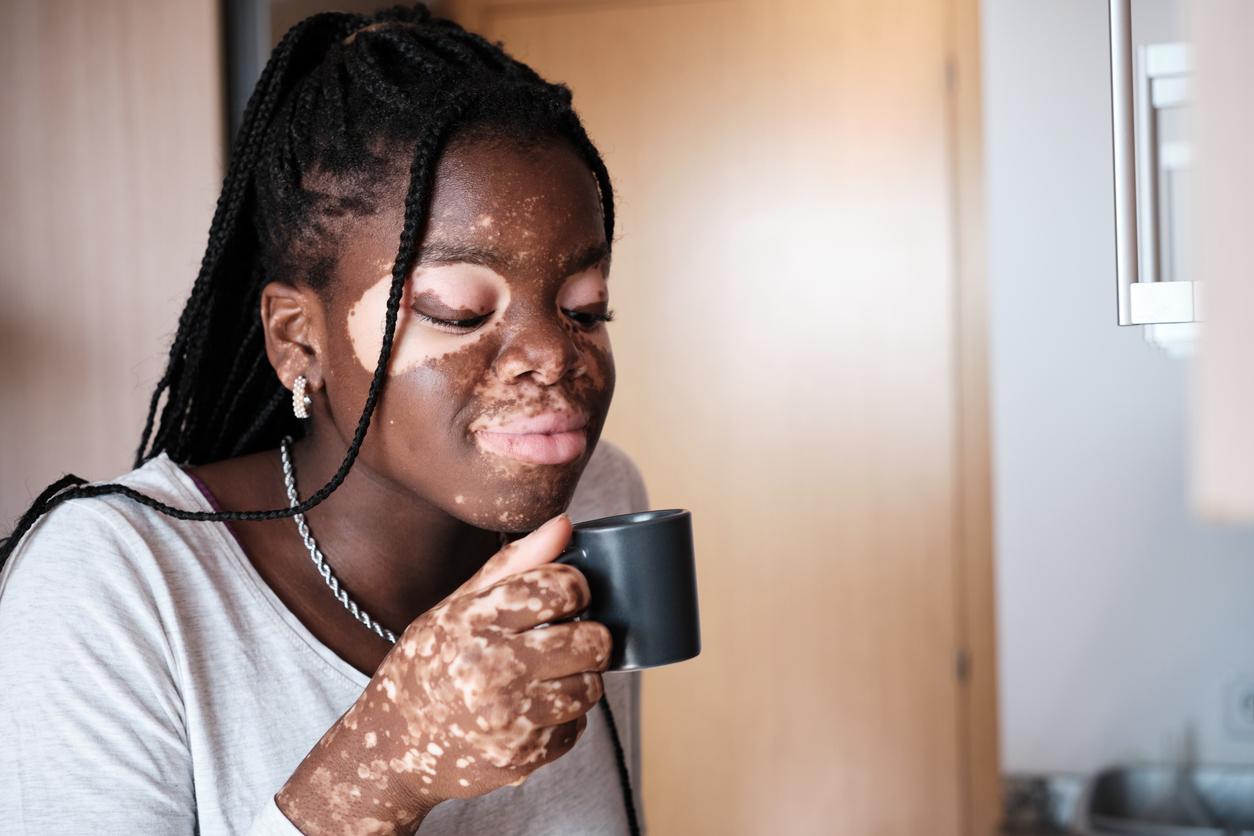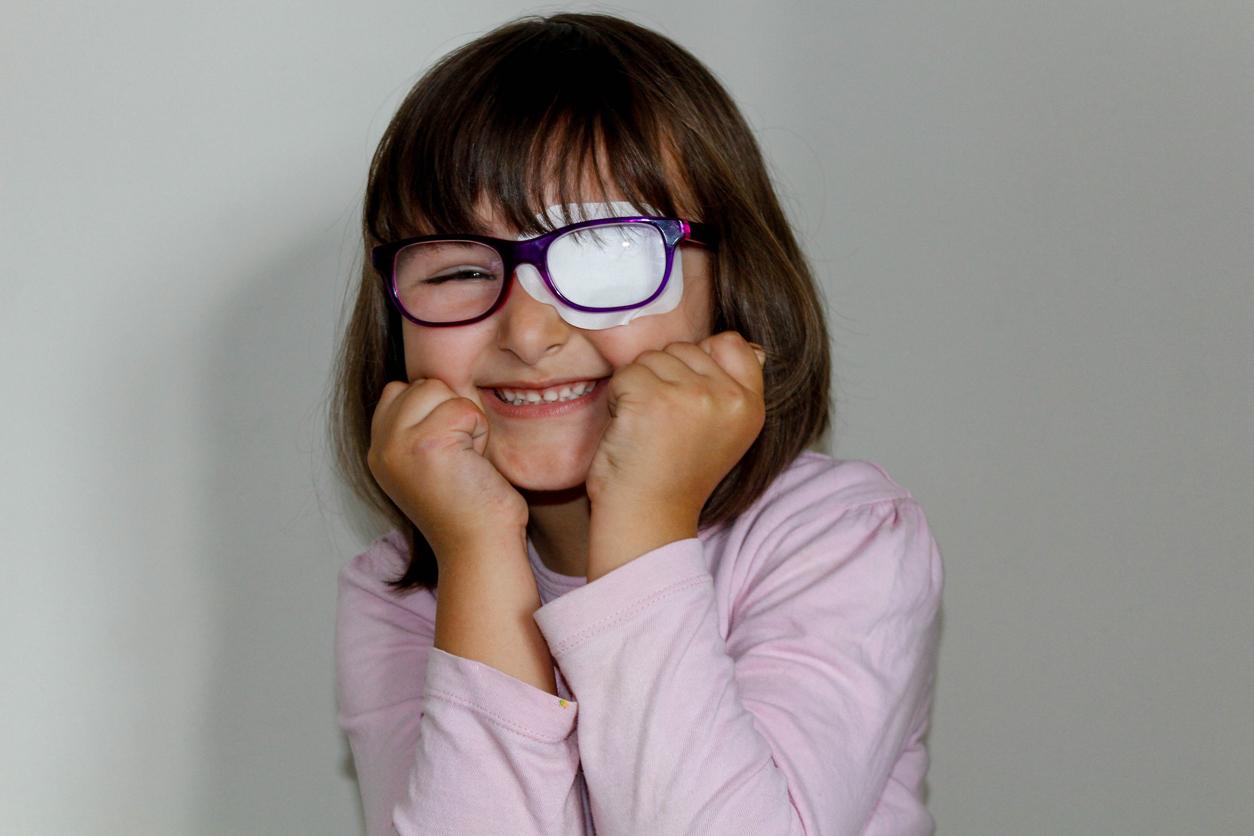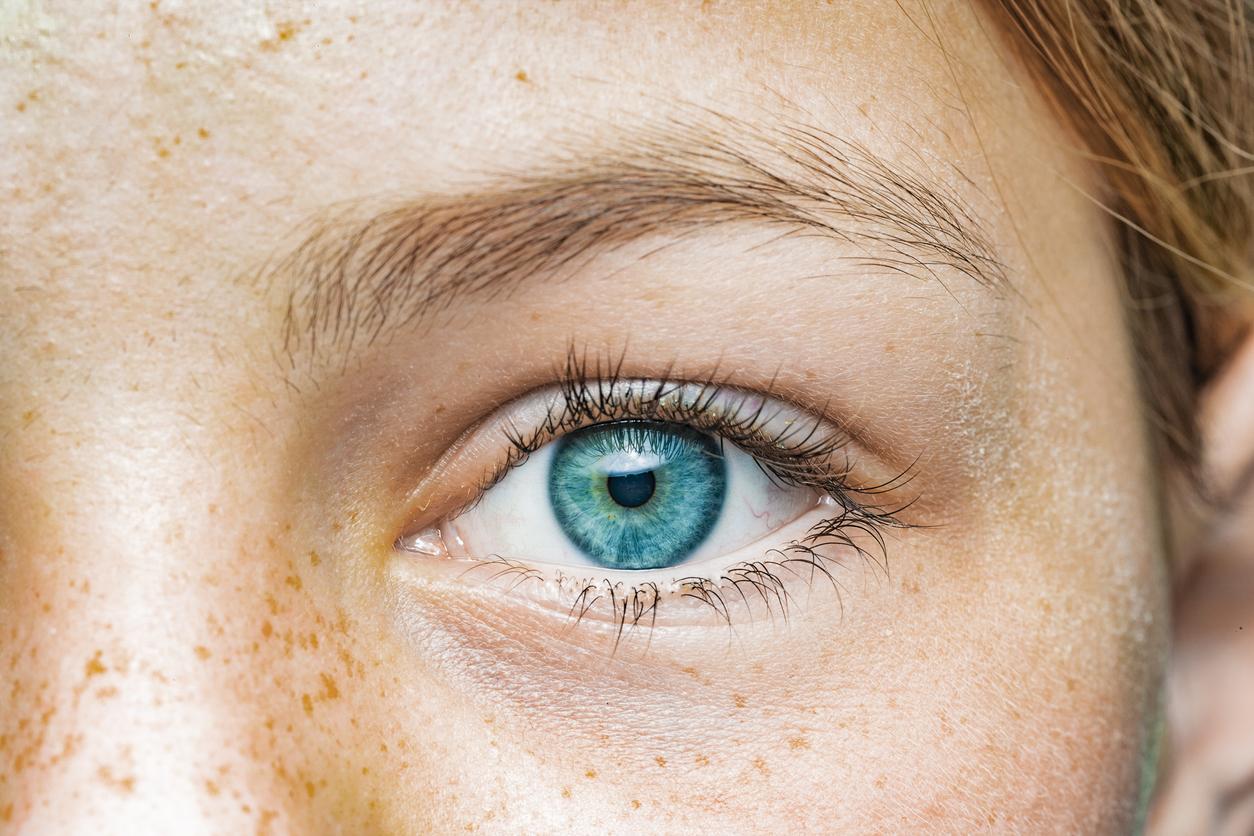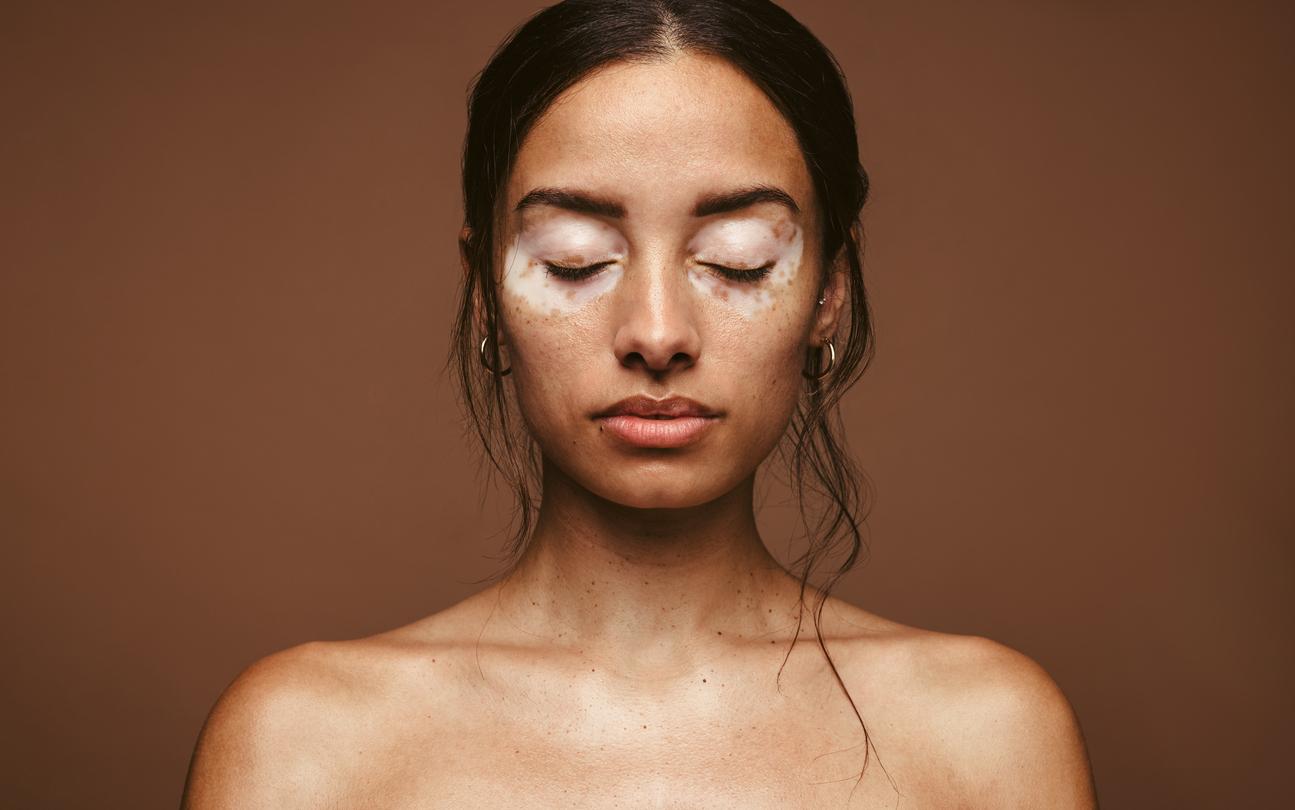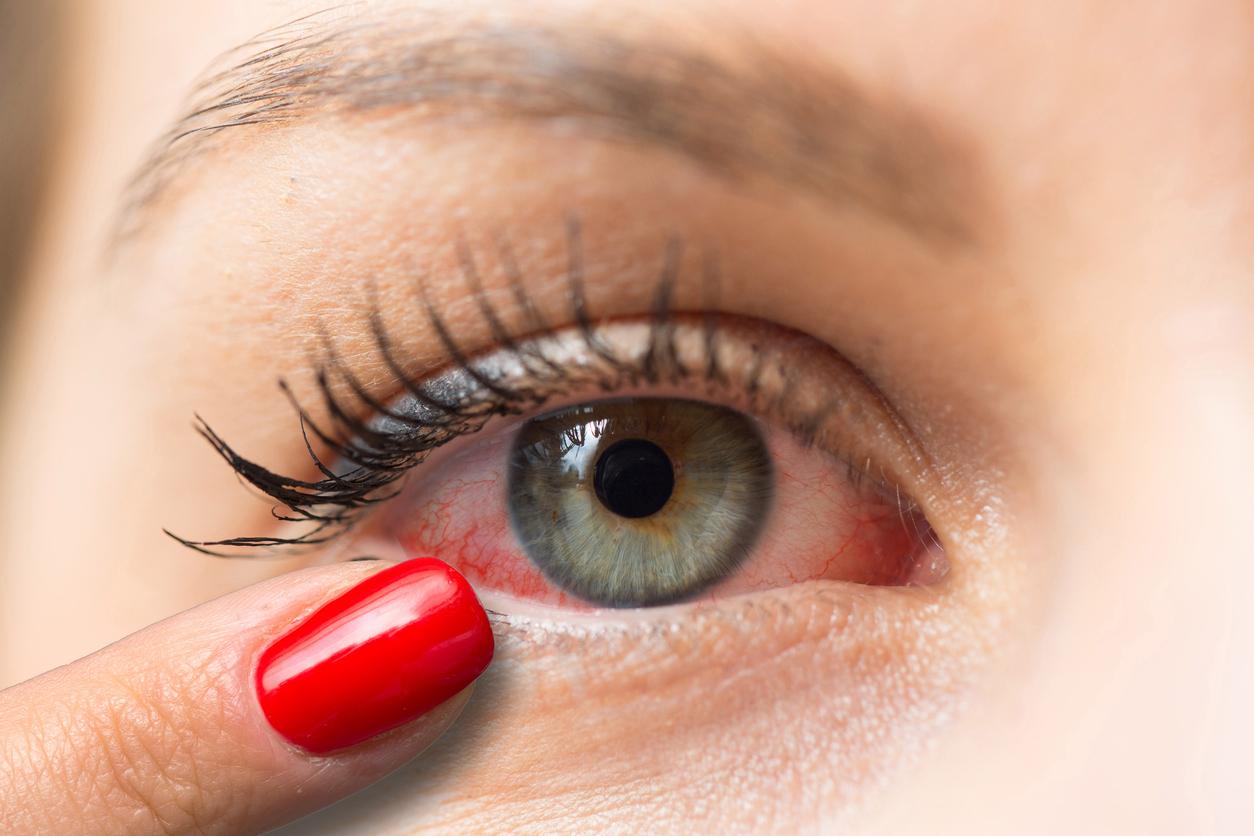
The first signs of skin aging
The skin around your eyes is much more fragile than the rest of your facial skin. Therefore, you should handle it with care. So use a special eye cream or gel.
The skin of the eye contour is up to ten times thinner than the rest of the facial skin. This is because there is little supporting connective tissue underneath. In addition, the skin around the eyes contains few sebaceous glands and therefore it is drier and therefore more vulnerable. That thin, dry skin is also constantly on the move. On average, we blink about ten thousand times a day. And we also use the eyes when we laugh or look angry. It is therefore not surprising that the first signs of skin aging around the eyes can be seen: wrinkles, sagging eyelids or bags under the eyes.
Active substances
There are many different eye creams from different brands. Every brand uses different active ingredients to hydrate, strengthen and make wrinkles less visible. Which product works best is different for everyone. So it’s a matter of trying! In any case, do not use regular day cream around the eyes. The active substances in it can be too concentrated and that can cause unpleasant reactions.
How do you use an eye cream?
More important than the eye cream itself is the way you apply the product. The skin around the eyes is wafer-thin and must therefore be treated with ‘silk gloves’. Rubbing hard is not allowed!
- When applying, always make a light patting motion with the middle or index finger.
- Apply the eye cream as follows: under the eye from the inner to the outer corner of the eye, then on the upper eyelid from the outer to the inner corner of the eye.
- Never apply an eye cream or gel on or under the eyelashes. The product can then get into the eyes and irritate them.
- Use an eye cream of the same brand as the day cream. The active substances in both creams then complement each other.
bags under the eyes
Bags under the eyes are not age related. But because they make the look less radiant, they give the face – like wrinkles – an older appearance. There are two types of puffiness: fluid puffiness and fat puffiness.
If the lymphatic system that has to remove waste products does not work properly, fluid pockets are formed. This mainly happens at night. An eye cream can stimulate microcirculation and the drainage of lymphatic fluid. The beautician can use a certain massage technique (lymphatic drainage) to tackle the moisture pockets. Another tip: sleep on a slightly higher pillow.
Fat pockets form when the fatty tissue falls out of the eye socket because it is no longer properly supported by the connective tissue. There is not much you can do about fat pockets yourself, they must be tackled with a surgical procedure.
To find out whether you suffer from moisture or fat pockets, lie flat on your back. Hold a mirror over the face. If the bags under the eyes decrease when you are lying down, you have bags of moisture. If they remain practically the same, they are fat pockets.
Circles under the eyes
In the vast majority of cases, the dark circles under the eyes are the blood vessels that shine through the thin skin. The oxygen-poor blood that runs through these vessels gives the bluish color. The lighter and thinner the skin, the better the blood vessels are visible. As you get older, the skin not only becomes thinner, but often paler and the risk of dark circles increases. Research has shown that eye creams containing vitamin K, vitamin C and retinol are most likely to reduce dark circles. Doesn’t that help? Fortunately, you can easily hide them with a concealer (camouflage product)!









